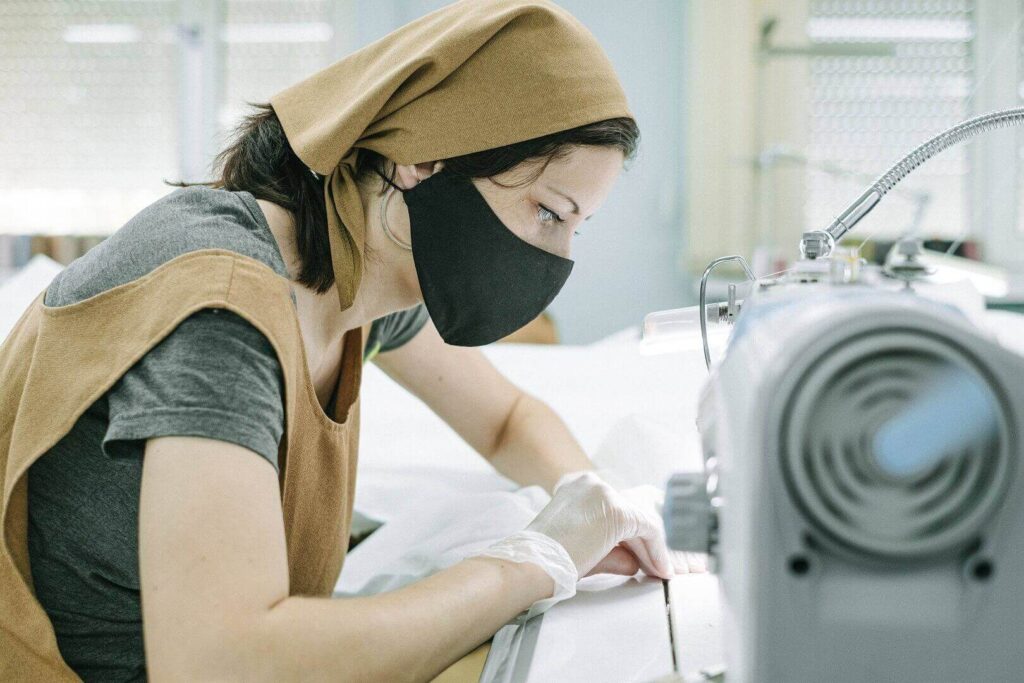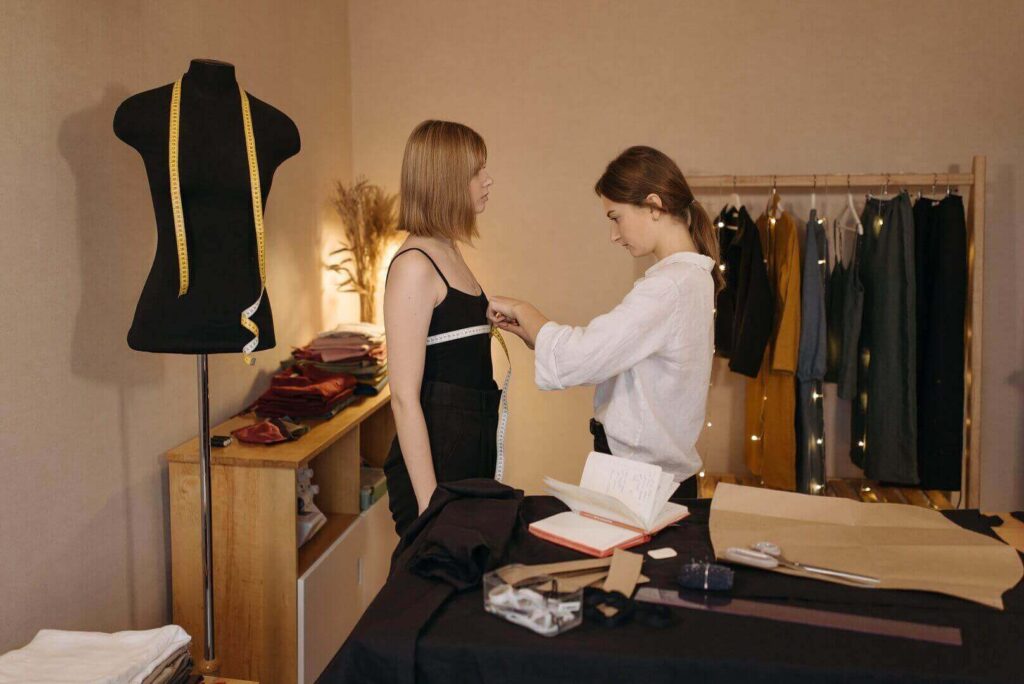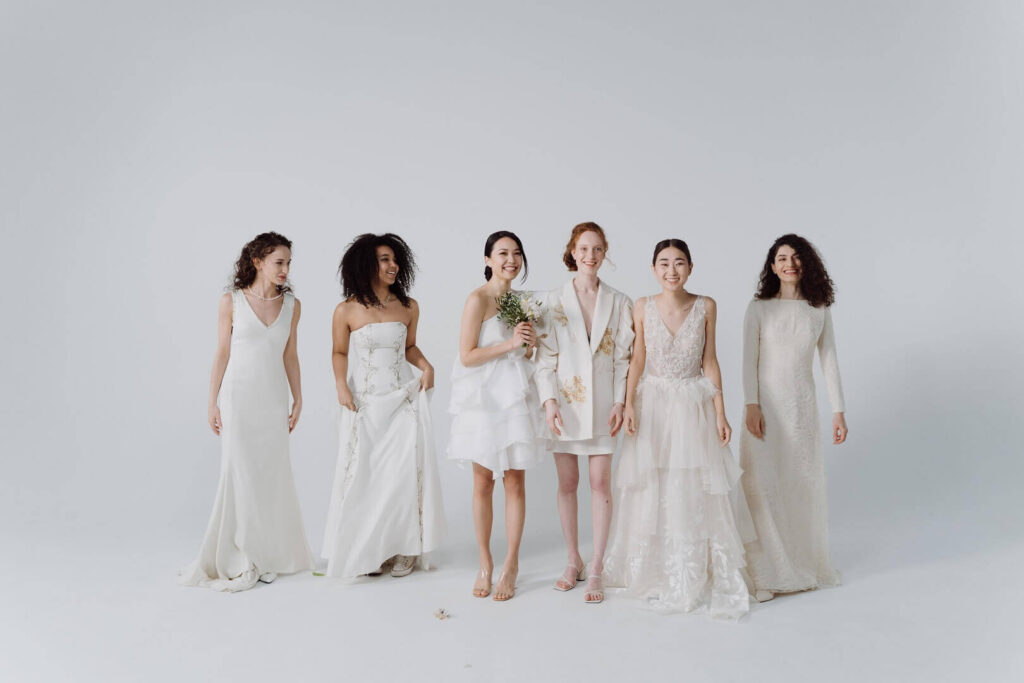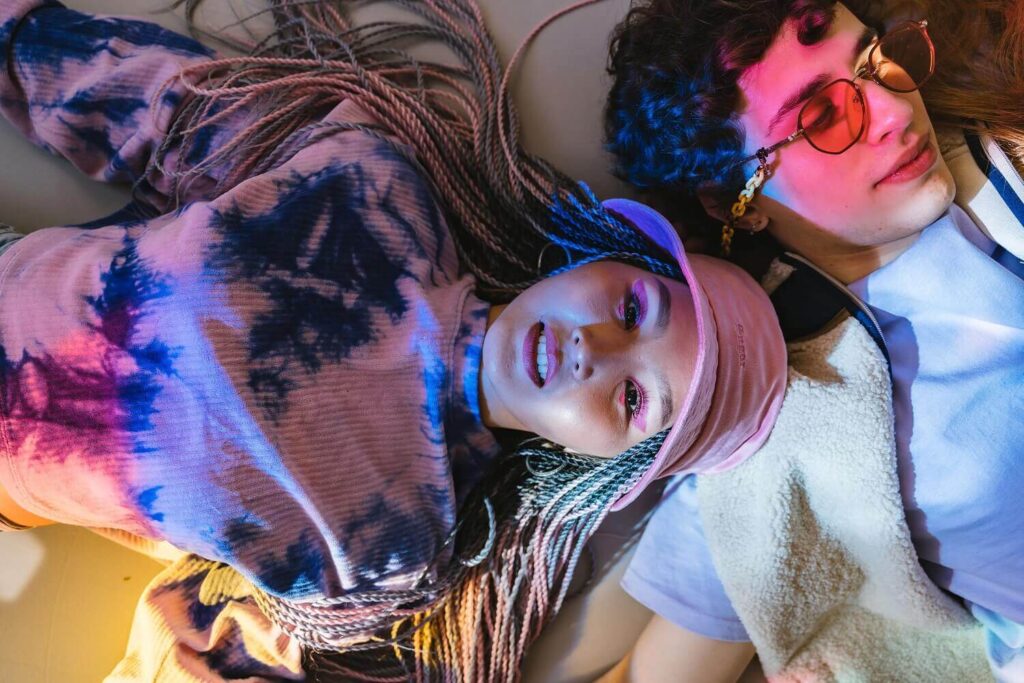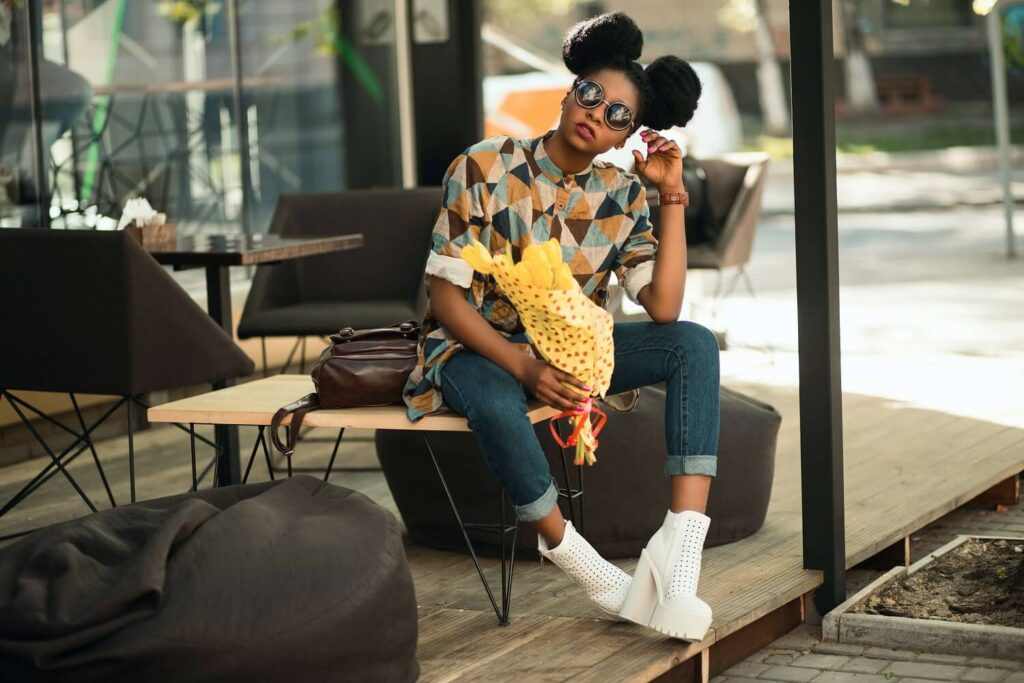Delight in the Harmony of Slow Fashion: Cherishing Durable Apparel & Ethical Choices with PLEA
Welcome to PLEA, a glorious heaven for high-quality, sustainable fashion.
You, our cherished reader, have ventured here, swept by the winds of curiosity, into our special category: Slow Fashion.
Allow yourself to be inspired.
Slow Fashion is no mere trend; it’s more a mantra we embroider into every thread of our ethos here at PLEA. It’s about slowing down, embracing enduring styles, and making well-considered investments in pieces that last. It’s the antidote to fast fashion cycles, valuing quality over quantity, timeless cuts over passing trends.
Let’s immerse ourselves in this delightful realm of slow clothing and get to know some of the stellar sustainable designers who champion this eco-conscious path.
In this awe-inspiring journey propelled by PLEA, you’ll stumble upon stories faithfully woven from our favorite green clothing brands, and you’ll gain insight into what makes an ethical company. Perhaps you might even discover organic clothing companies near you, creating treasures that respect our shared Earth.
Our handpicked sustainable apparel, sprinkling every inch of this category, is designed for conscious, fashionable humans like you. On these virtual pages, you’ll explore the slow fashion dresses dressed in dreams of tomorrow. Each piece is high-quality, durable, and yes, sustainable – carrying all the charm of an eco-friendly clothing brand that’s blissfully affordable.
Meet the acclaimed slow clothing maestros whose fashion philosophy marries durability and style, the best sustainable clothing brands that have won hearts, and fair trade brands that not only appeal aesthetically but, at their core, have an ethical standpoint that shines brighter than any glamorous accessory.
In this category, we present the creme de la creme of slow fashion and sustainable fashion brands. Some originate from hail of various nooks and crannies of the globe. The sense of fashion they bring forth, the conviction of quality they display could stir a sustainable fashion revolution— piece by piece, stitch by stitch, and outfit by outfit.
Your choice to embrace good quality clothing brands, filter your wardrobe through the lens of ethical fashion, and participate in conscious consumerism marks a grand victory for our ecosystem. Together, we are treading the path to a more sustainable planet.
So, step aboard the carousal of slow fashion with PLEA. Let’s unravel a tapestry of inspiring stories, salute responsible entrepreneurs, and bask in the glow of holistic fashion choices that strive for sustainability—like the warmth of the Fall sun.
Be sure to dive in and read our assorted articles on sustainable fashion. Each one blossoms like a flower, offering a bloom of knowledge and enlightenment, making your every minute spent here truly rewarding.
Welcome to Slow Fashion with PLEA, the perfect blend of style, quality, and ethics. Thank you for being here. The journey towards a more sustainable future begins now, and we’re joyful you’re here to share it.
Remember, your fashion choices aren’t just about looking good, but feeling good—preserving precious resources and celebrating our beautiful planet. After all, “Fashion is not something that exists in dresses only. Fashion is in the sky, in the street. Fashion has to do with ideas, the way we live, what is happening.” — Coco Chanel. Let’s make slow fashion what’s happening.
Some staple certified sustainable products of ours:
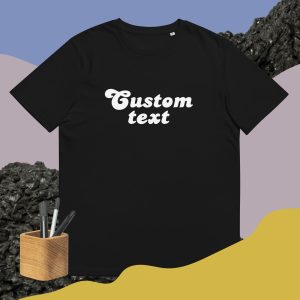 Wishlist
Wishlist 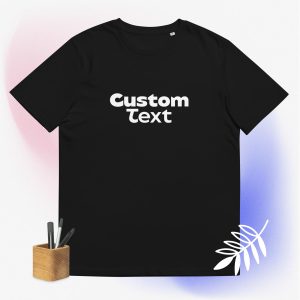 Wishlist
Wishlist 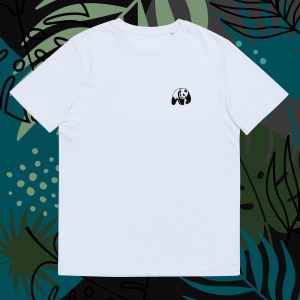 Wishlist
Wishlist slow fashion
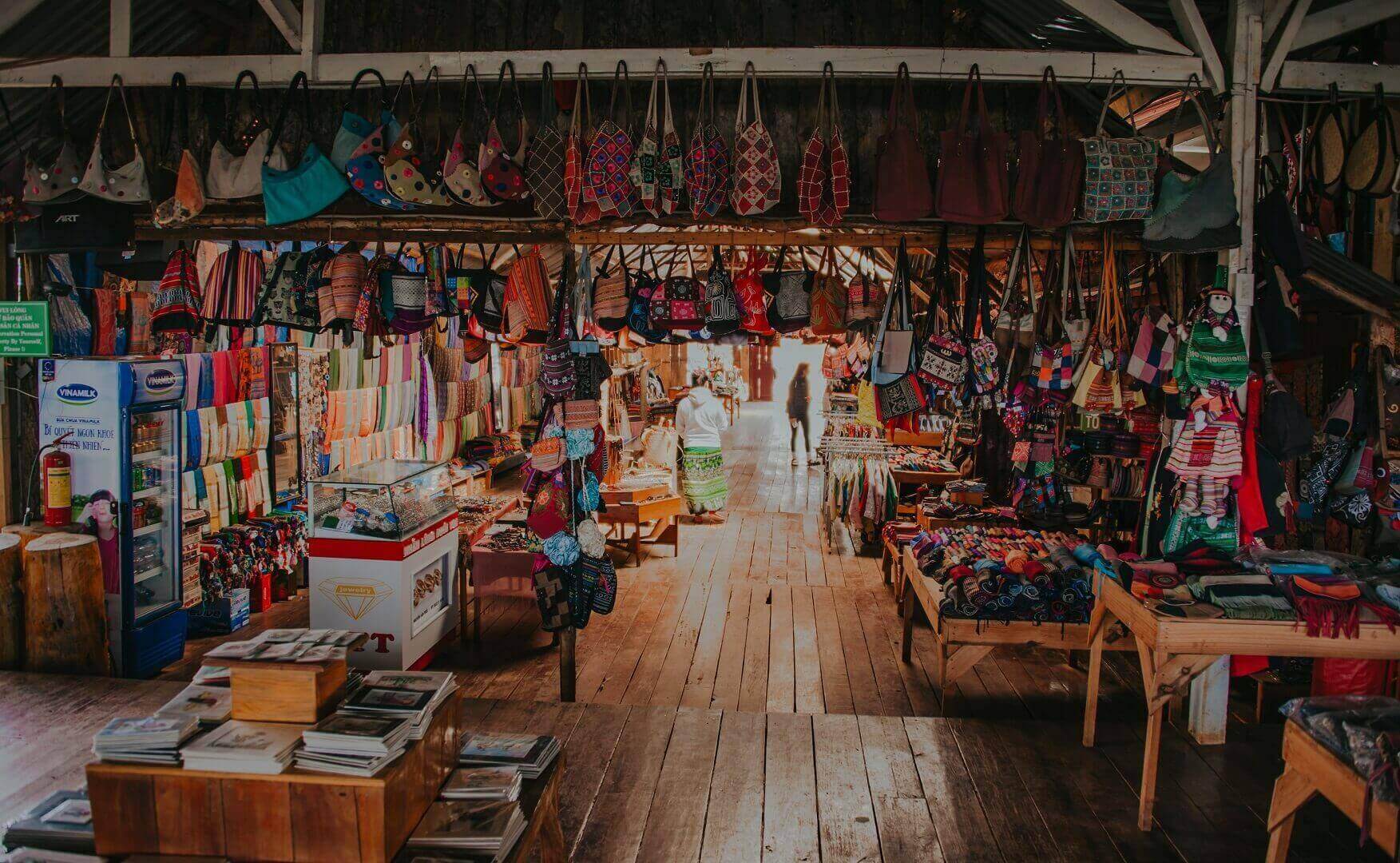
Are Second-Hand Garments Slow Fashion? Pros And Cons Of Buying Second-Hand
are second-hand garments slow fashion? pros and cons of buying second-hand table of contents what is slow fashion? are second-hand garments slow

What Are Some Of The Disadvantages Of Slow Fashion? (And Are The Advantages Worth It?)
what are some of the disadvantages of slow fashion? (and are the advantages worth it?) table of contents what is slow fashion? what are some of the 5

How Does Slow Fashion Actually Help The Environment?
how does slow fashion actually help the environment? table of contents what is slow fashion? how does slow fashion help the environment? what’s
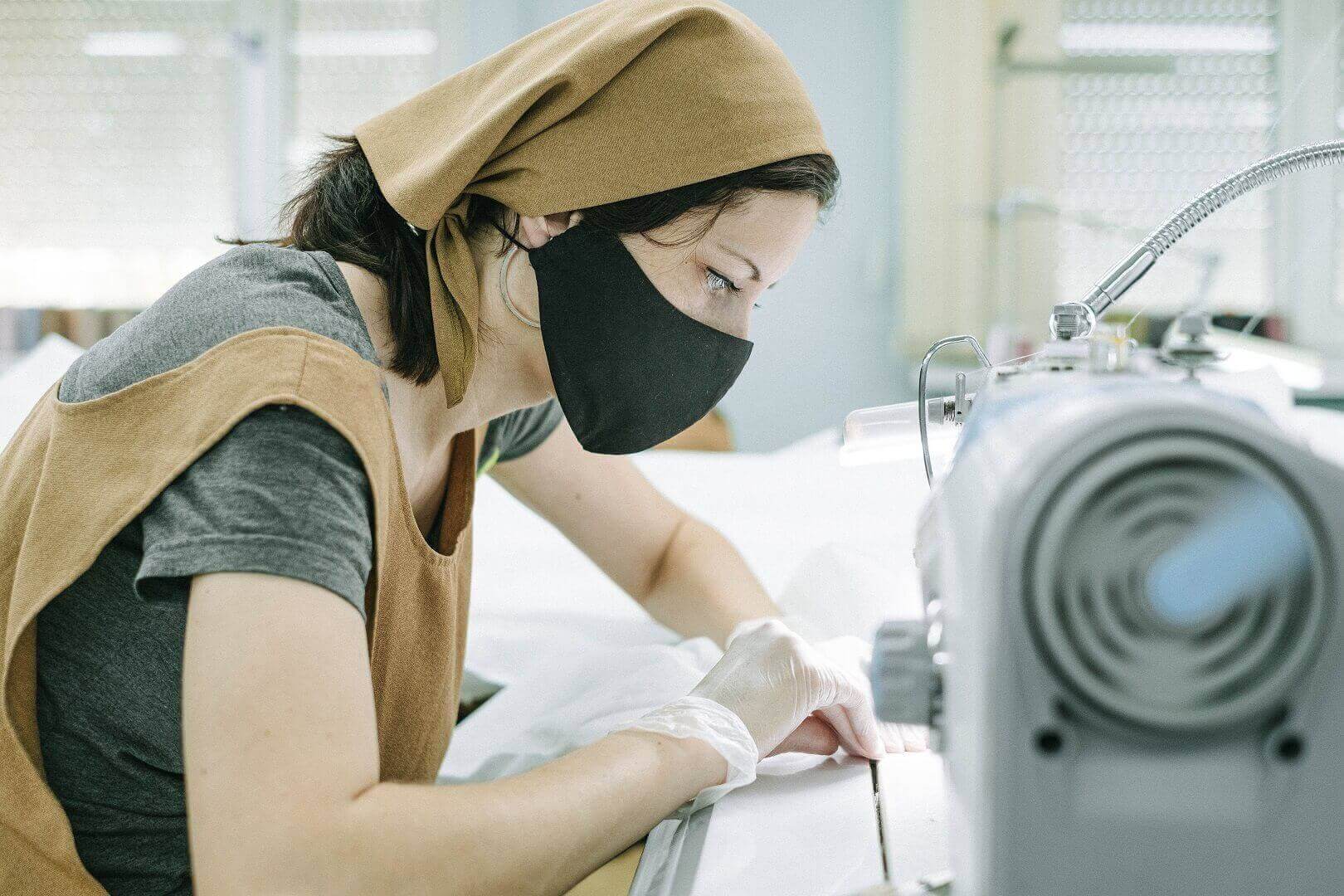
How Does Slow Fashion Work Exactly?
how does slow fashion work exactly? table of contents what is slow fashion? why is slow fashion important? how does slow fashion work exactly? how to

Slow Fashion 101 | The Cure Against Fast Fashion
slow fashion 101 | the cure against fast fashion table of contents what does slow fashion mean? slow fashion production model slow fashion companies
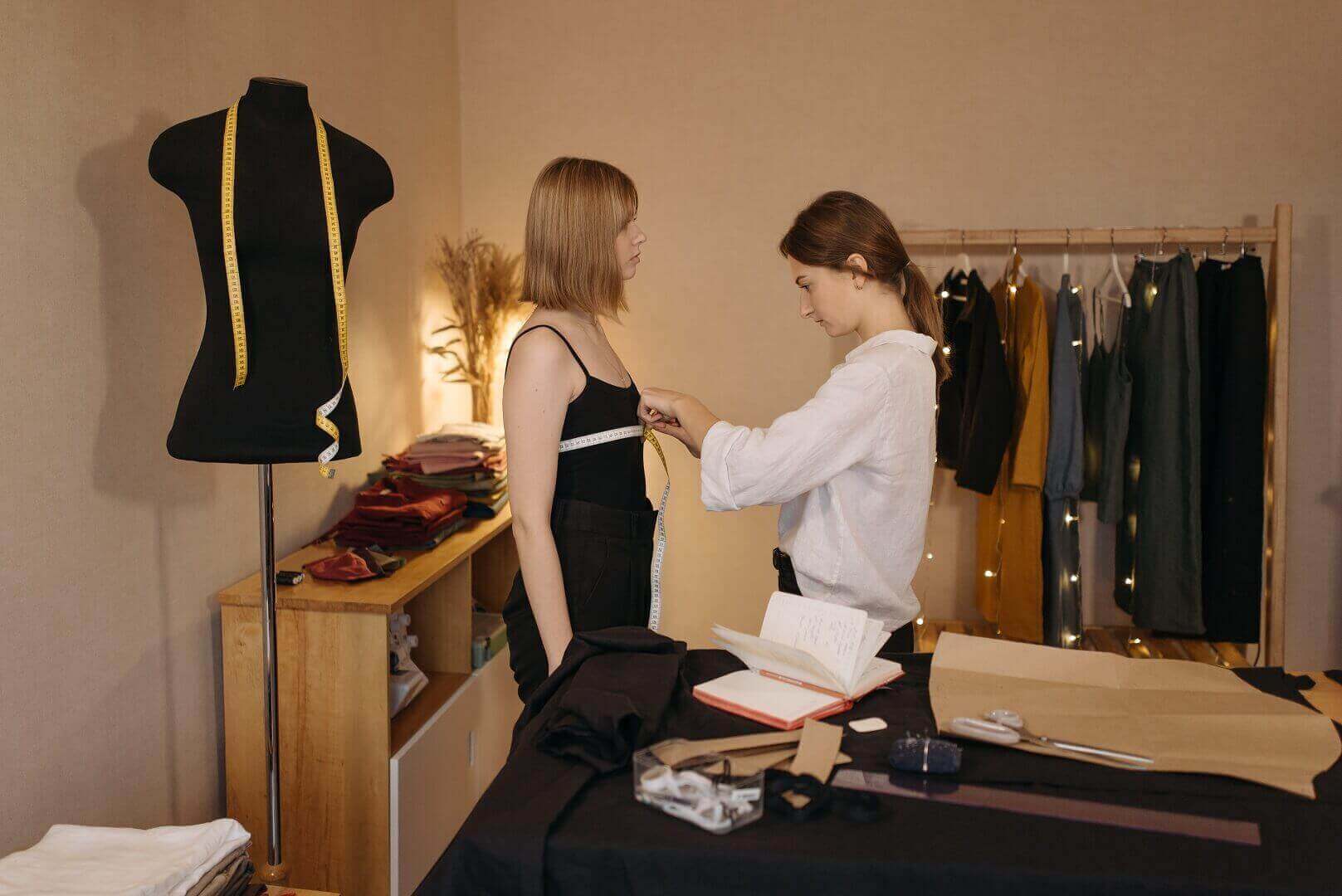
Why Is Slow Fashion Expensive
why is slow fashion expensive? table of contents what is slow fashion? why is slow fashion expensive? why is fast fashion so cheap? can slow fashion

Why Is Slow Fashion Important
why is slow fashion important? table of contents what is slow fashion? why is slow fashion so important? is slow fashion sustainable fashion? how can
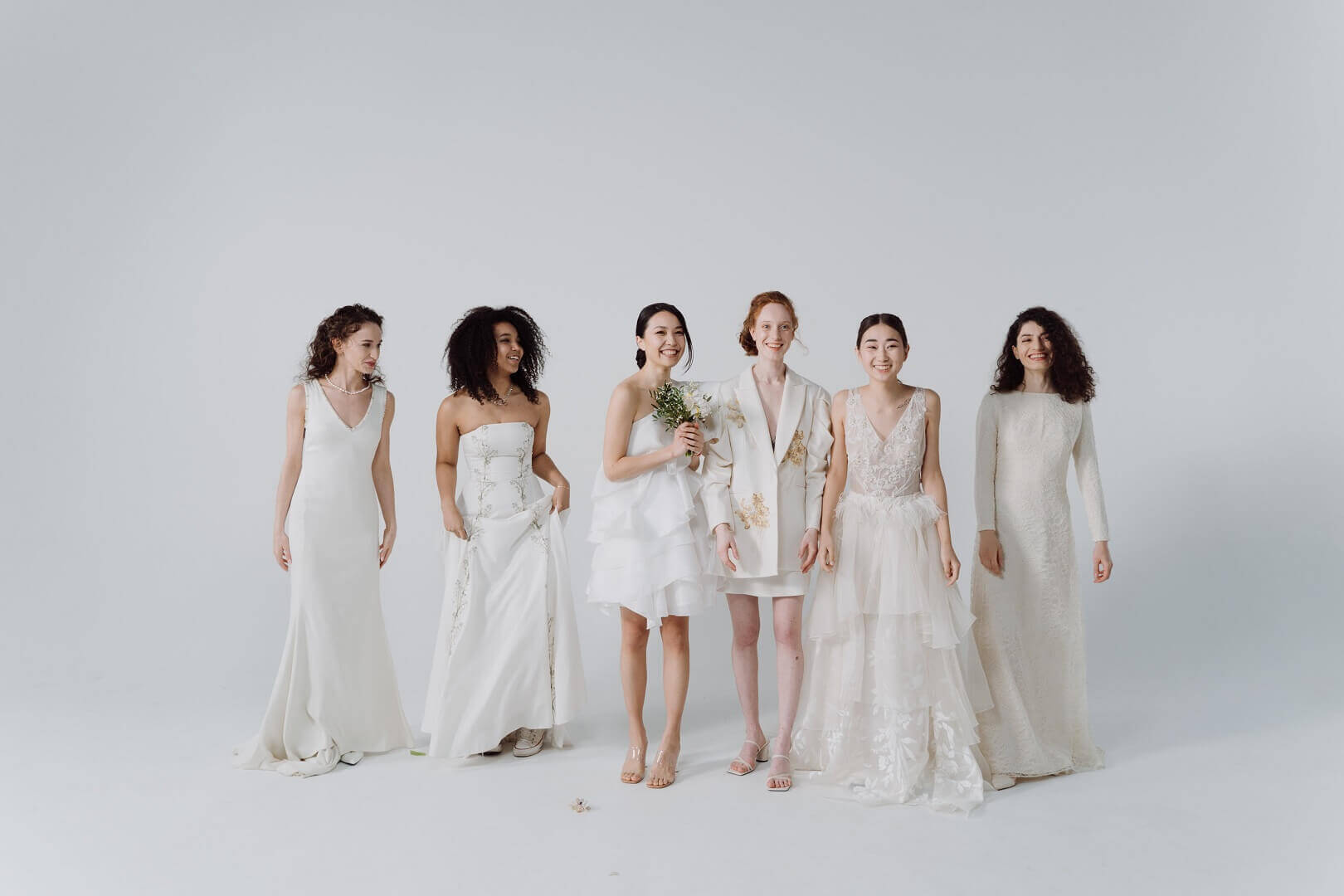
What Is The Difference Between Slow Fashion And Sustainable Fashion
what is the diference between slow fashion and sustainable fashion? table of contents what is slow fashion? are slow fashion and sustainable fashion

How to do slow fashion
How to do slow fashion table of contents buy from sustainable clothing brands how to do slow fashion at home the 30 day rule donate clothes summary

Slow Vs Fast Fashion
slow vs fast fashion table of contents the slow vs fast fashion dilemma what is fast fashion what is slow fashion slow vs fast fashion summary the
are second-hand garments slow fashion? pros and cons of buying second-hand table of contents what is slow fashion? are second-hand garments slow
what are some of the disadvantages of slow fashion? (and are the advantages worth it?) table of contents what is slow fashion? what are some of the 5
how does slow fashion actually help the environment? table of contents what is slow fashion? how does slow fashion help the environment? what’s
how does slow fashion work exactly? table of contents what is slow fashion? why is slow fashion important? how does slow fashion work exactly? how to
slow fashion 101 | the cure against fast fashion table of contents what does slow fashion mean? slow fashion production model slow fashion companies
why is slow fashion expensive? table of contents what is slow fashion? why is slow fashion expensive? why is fast fashion so cheap? can slow fashion
why is slow fashion important? table of contents what is slow fashion? why is slow fashion so important? is slow fashion sustainable fashion? how can
what is the diference between slow fashion and sustainable fashion? table of contents what is slow fashion? are slow fashion and sustainable fashion
How to do slow fashion table of contents buy from sustainable clothing brands how to do slow fashion at home the 30 day rule donate clothes summary
slow vs fast fashion table of contents the slow vs fast fashion dilemma what is fast fashion what is slow fashion slow vs fast fashion summary the
When did Slow Fashion start? table of contents What Is Slow Fashion? When Did Slow Fashion Start? How To Do Slow Fashion Can You Recycle Slow
What is Slow Fashion? Table Of Contents What Is Slow Fashion? Is Slow Fashion More Expensive? More Information On Fast Fashion Best Sustainable Slow
related categories:
sustainable fashion
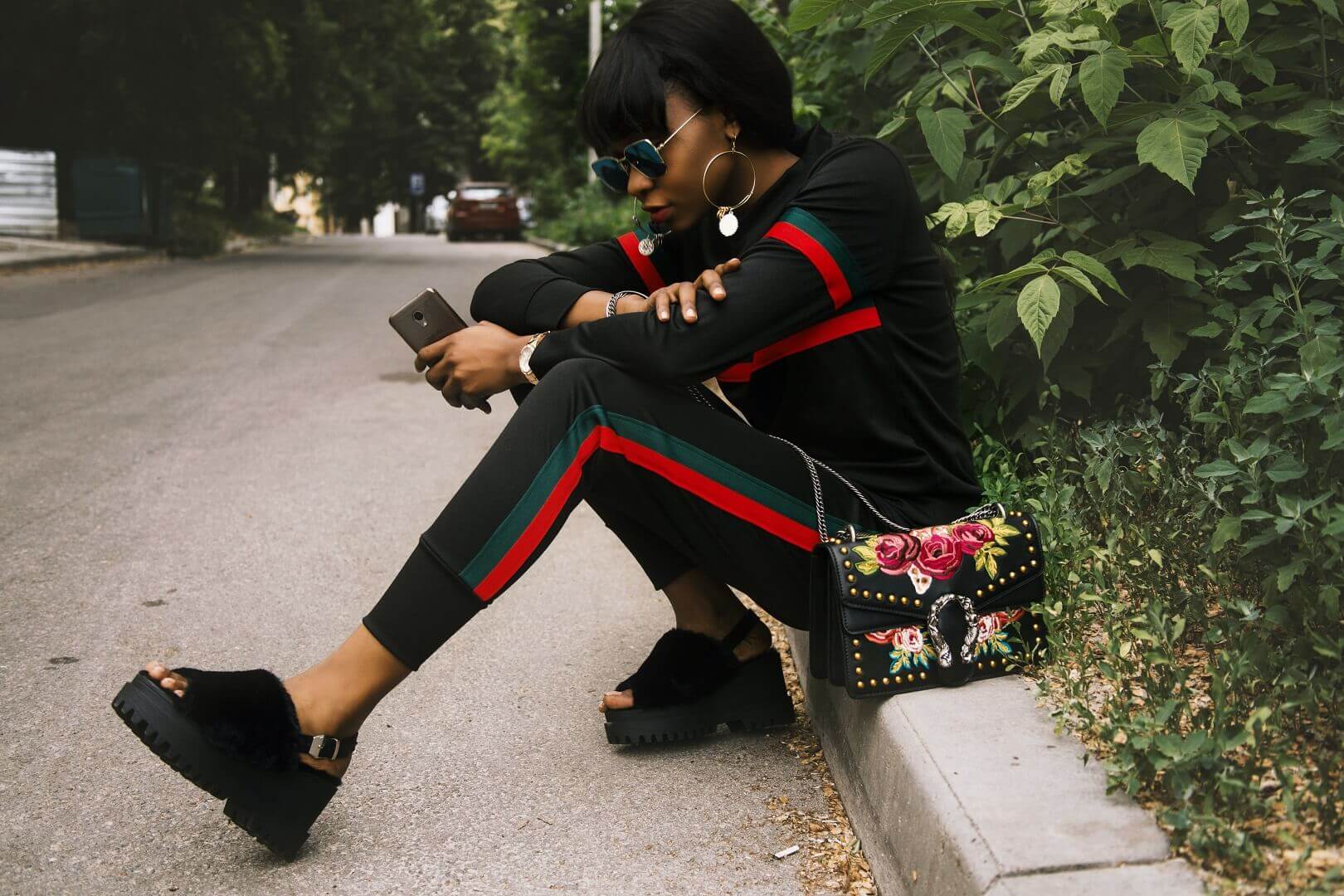
Is Gucci Sustainable Fashion? Are Designer Brands Sustainable At All?
is gucci sustainable fashion? are designer / luxury brands sustainable at all? table of contents what is sustainable fashion? can luxury designer
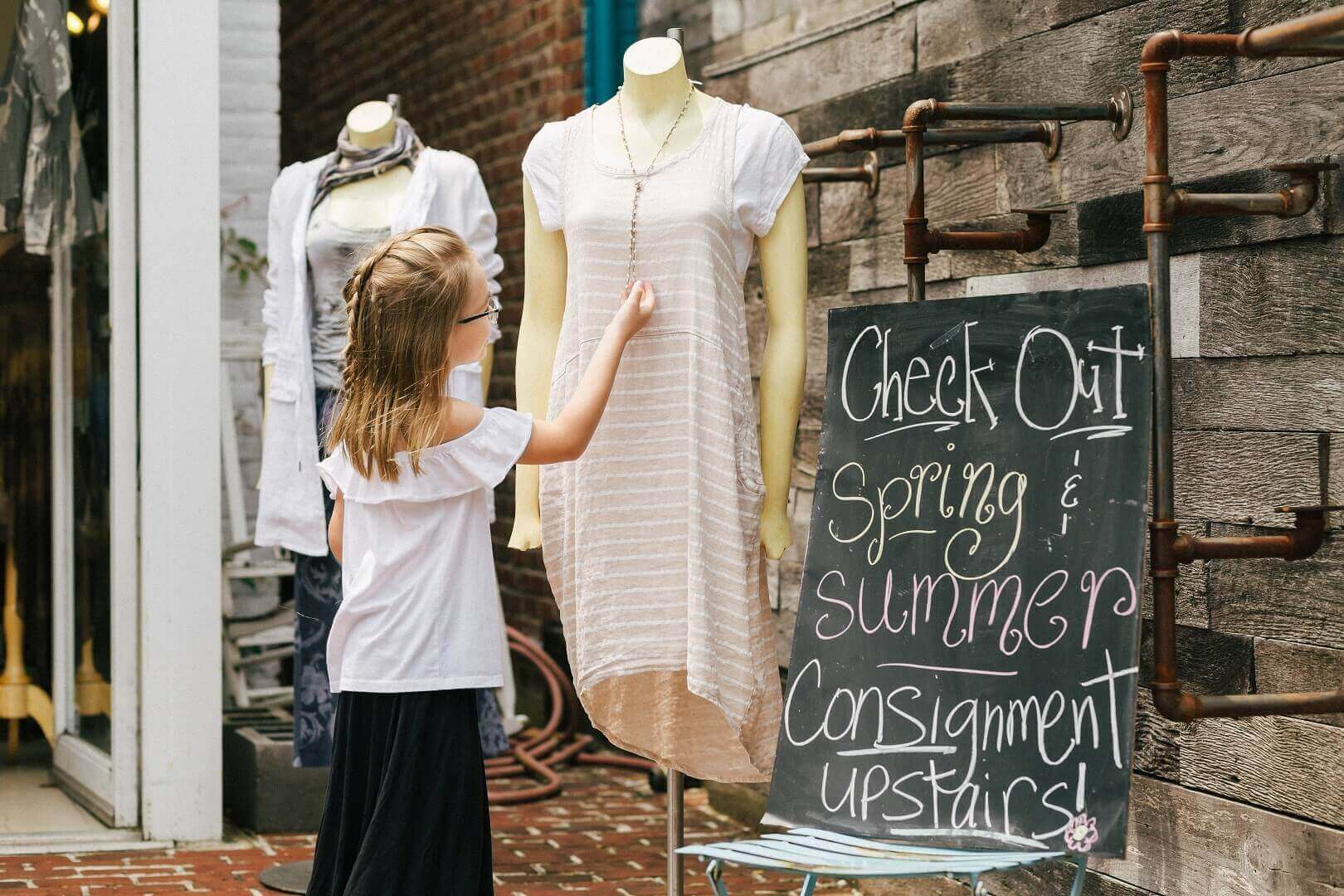
Is „Going Thrifting” or Buying From Thrift Stores Sustainable Fashion?
is „going thrifting” or buying from thrift stores sustainable fashion? table of contents what really is sustainable fashion? what exactly are

Why Sustainable Fashion Is Finally Going Mainstream And Is It Good News?
why is sustainable fashion finally going mainstream and is it a good thing? table of contents what is sustainable fashion? why is sustainable fashion

Is Sustainable Fashion Actually Elitist Or Is It BS?
is sustainable fashion actually elitist or is it all bS? table of contents what is sustainable fashion? why is sustainable fashion considered elitist

Sustainable Fashion 101 | Saving The Planet From Fast Fashion
slow fashion 101 | saving the planet from fast fashion table of contents what is the sustainable fashion movement? how the sustainable fashion
fast fashion
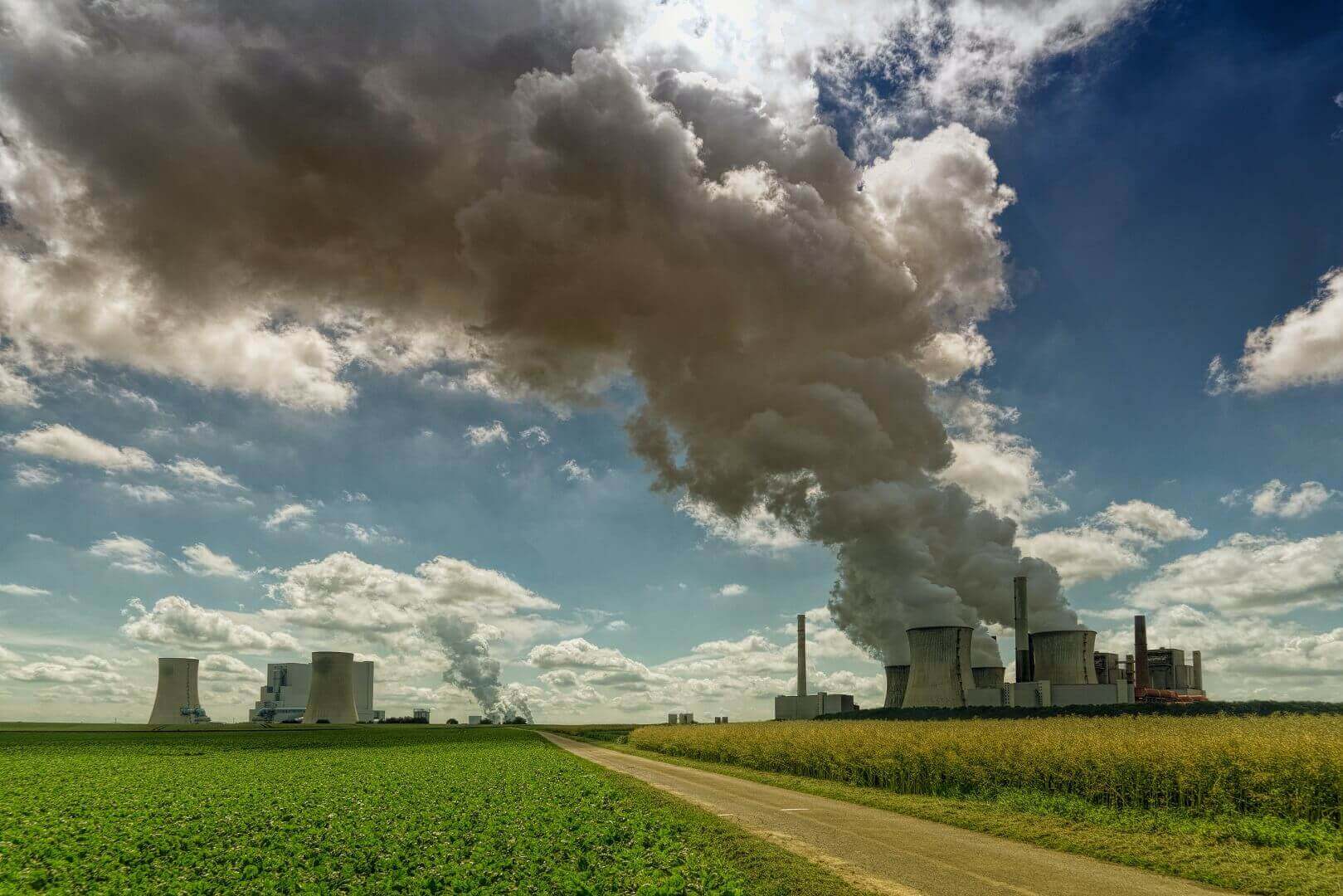
What Will Happen If Fast Fashion Continues To Thrive Unstopped?
what will happen if fast fashion continues to thrive unstopped? table of contents what is fast fashion? why is fast fashion bad? what will happen if
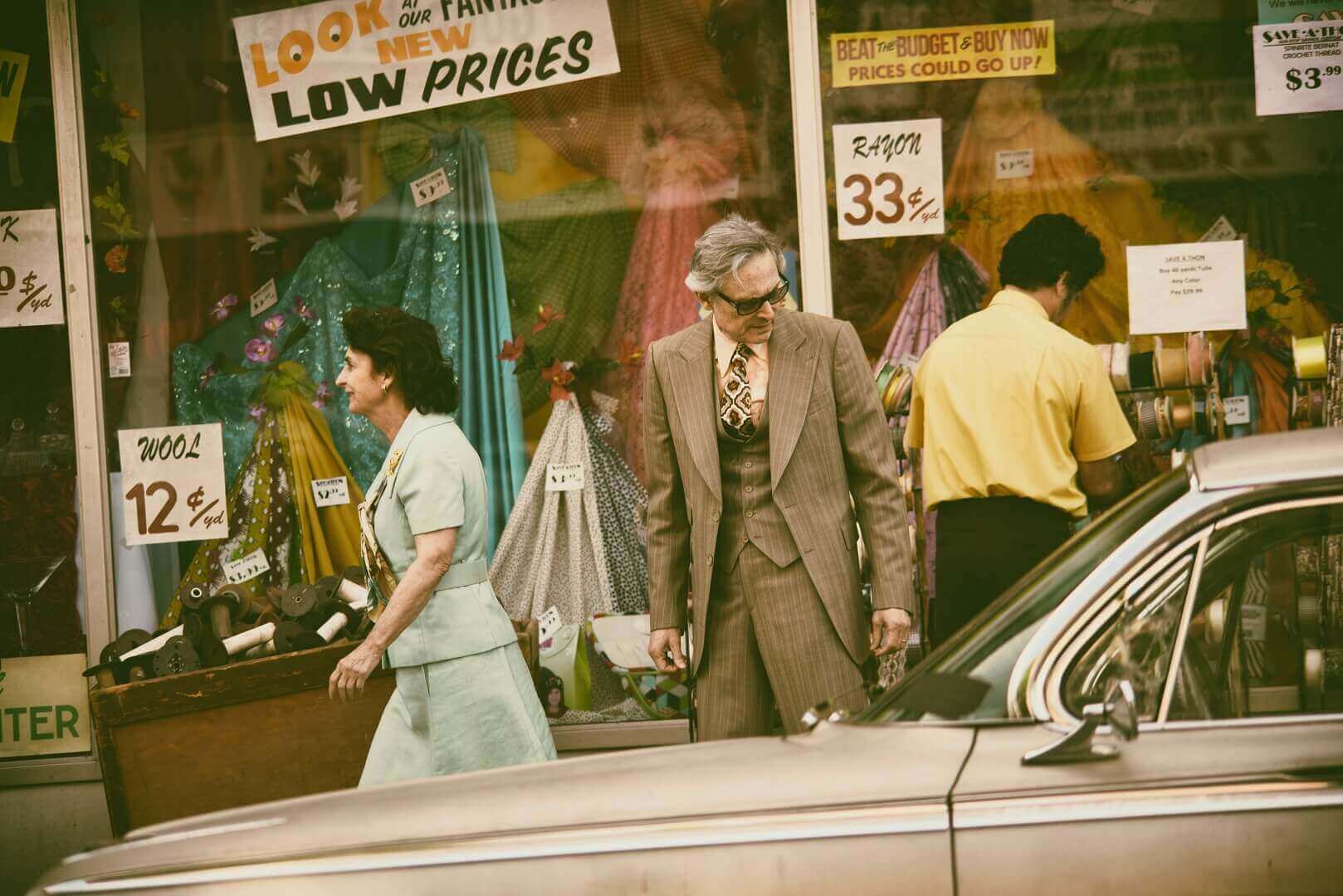
Is Fast Fashion On The Decline? When Will It End?
is fast fashion on the decline? when will it end? table of contents what is fast fashion? is fast fashion on the decline? the rise of slow,
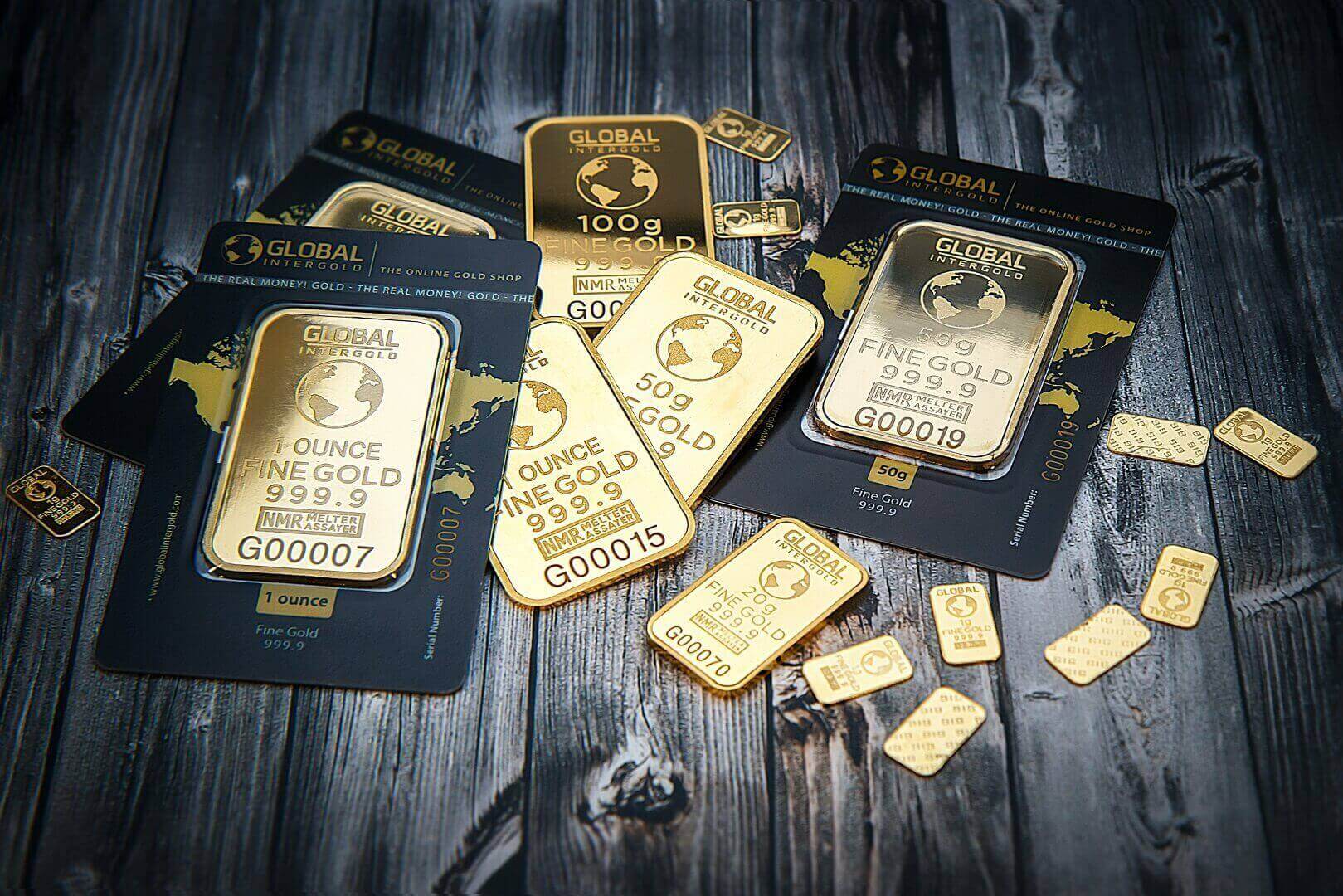
How Does Fast Fashion Affect The Economy? Not As Good As Many People Think
how does fast fashion affect the economy? not as good as many people think table of contents what does fast fashion mean? how does fast fashion

How Much Do Fast Fashion Workers Really Make? Modern Slavery
how much do fast fashion workers really make? are they living in modern slavery? table of contents what exactly is fast fashion? how much do fast

Fast Fashion 101 – Why Fast Fashion Is Destroying Our Planet
fast fashion 101 – how fast fashion is destroying our planet table of contents what is fast fashion? why is fast fashion bad? history of the
ethical fashion

Ethical Fashion 101 | How Ethical Fashion Is Fighting Against Fast Fashion
ethical fashion 101 | what is ethical fashion and how it’s fighting against fast fashion table of contents what is ethical fashion? ethical
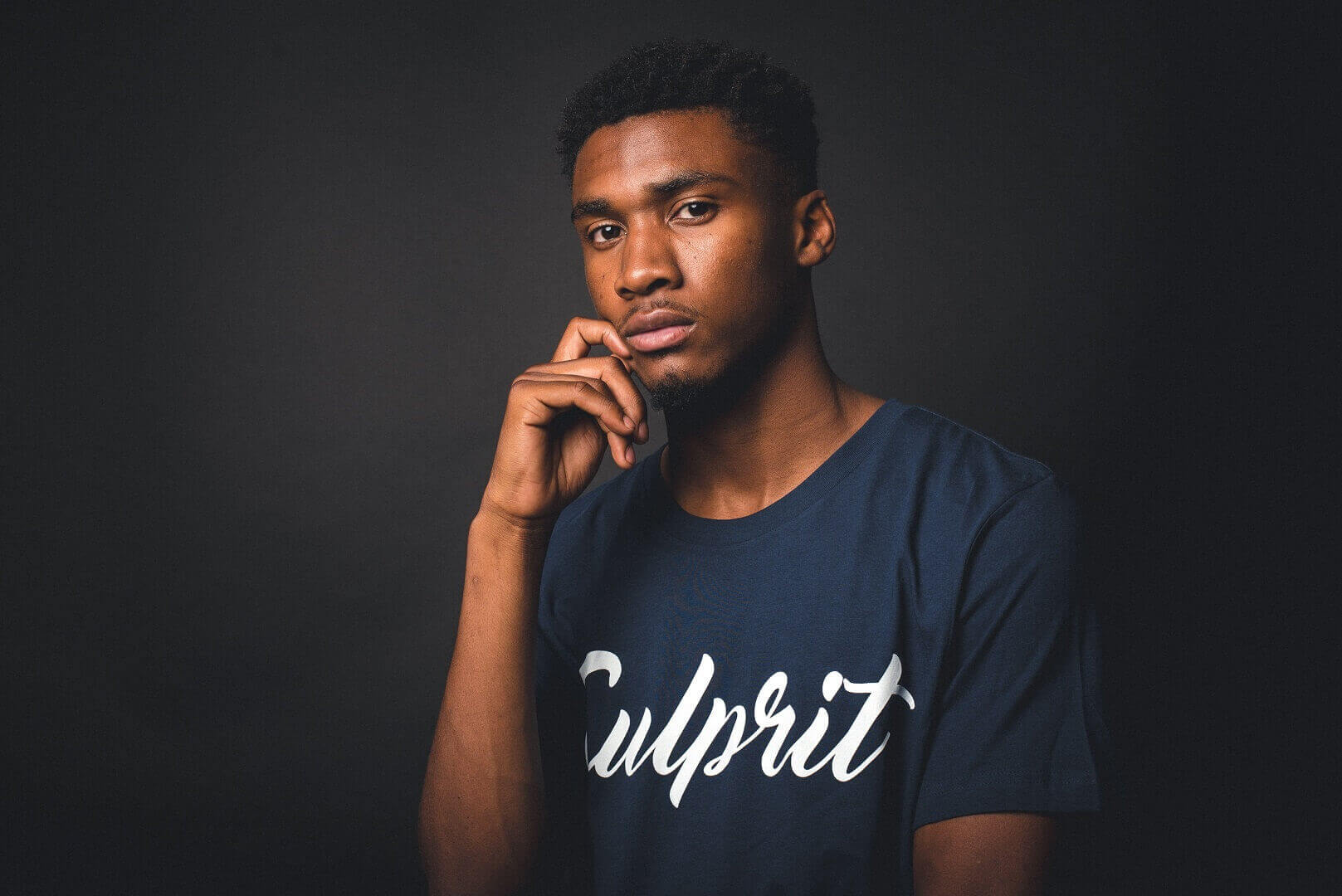
The Pros And Cons Of Ethical Fashion
the pros and cons of the ethical fashion industry table of contents what is ethical fashion? the worst cons and disadvantages of ethical fashion the

How To Shop Ethical Fashion (Online)
how to shop ethical fashion from the comfort of your own home (online) table of contents what exactly is ethical fashion? how to shop for ethical
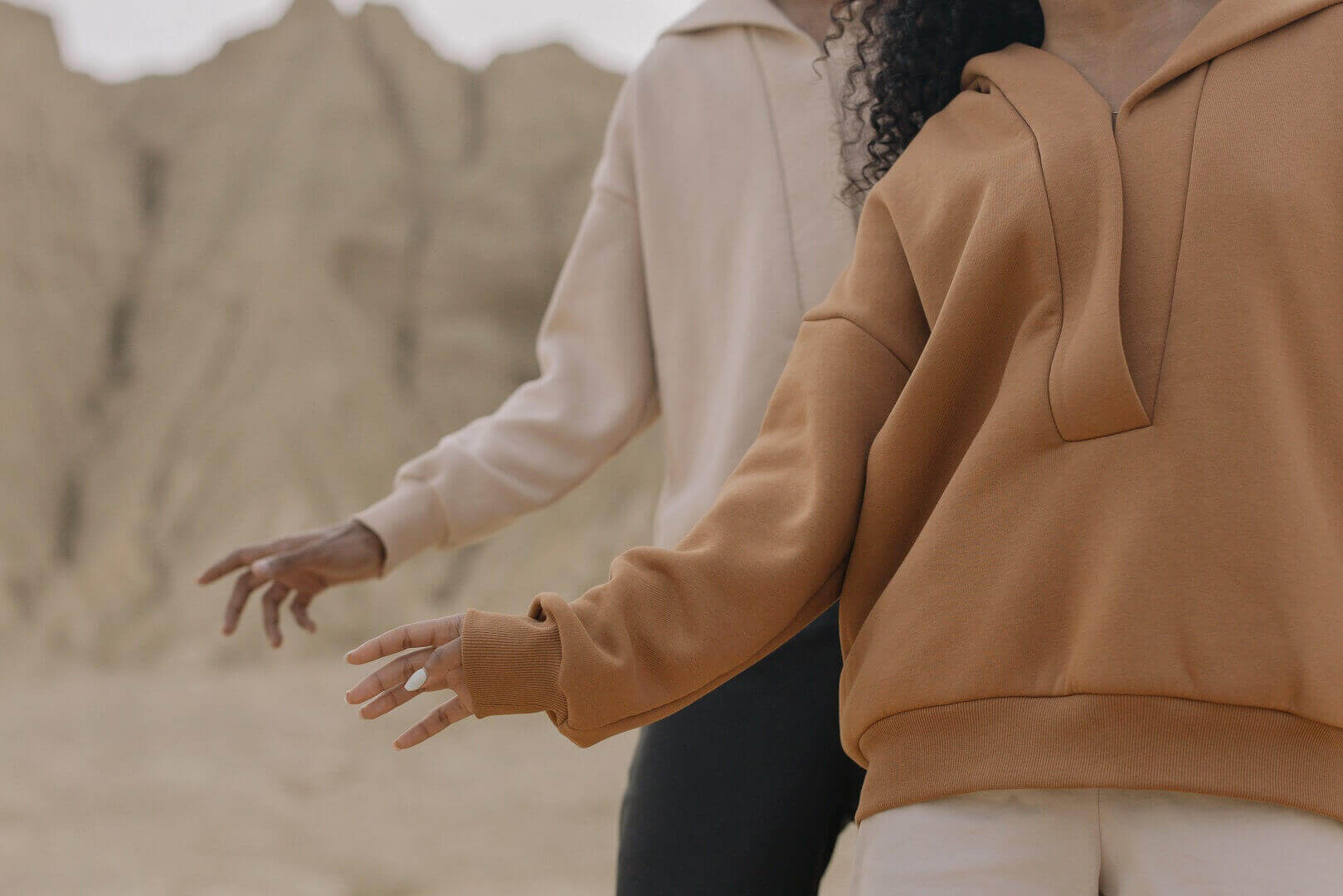
Famous Ethical Fashion Brands
the 6 best famous ethical fashion brands you can buy from online table of contents what is ethical fashion? why is ethical fashion important? the 6

The Ethical Dilemma In The Fashion Industry
ethical fashion | the ethical dilemma in the fashion industry table of contents what is the problem with the fashion industry? what is fast fashion?
Spread the message:
- Click to share on Pinterest (Opens in new window) Pinterest
- Click to share on X (Opens in new window) X
- Click to share on Facebook (Opens in new window) Facebook
- Click to share on WhatsApp (Opens in new window) WhatsApp
- Click to share on Reddit (Opens in new window) Reddit
- Click to share on Telegram (Opens in new window) Telegram
- Click to share on LinkedIn (Opens in new window) LinkedIn
- More



